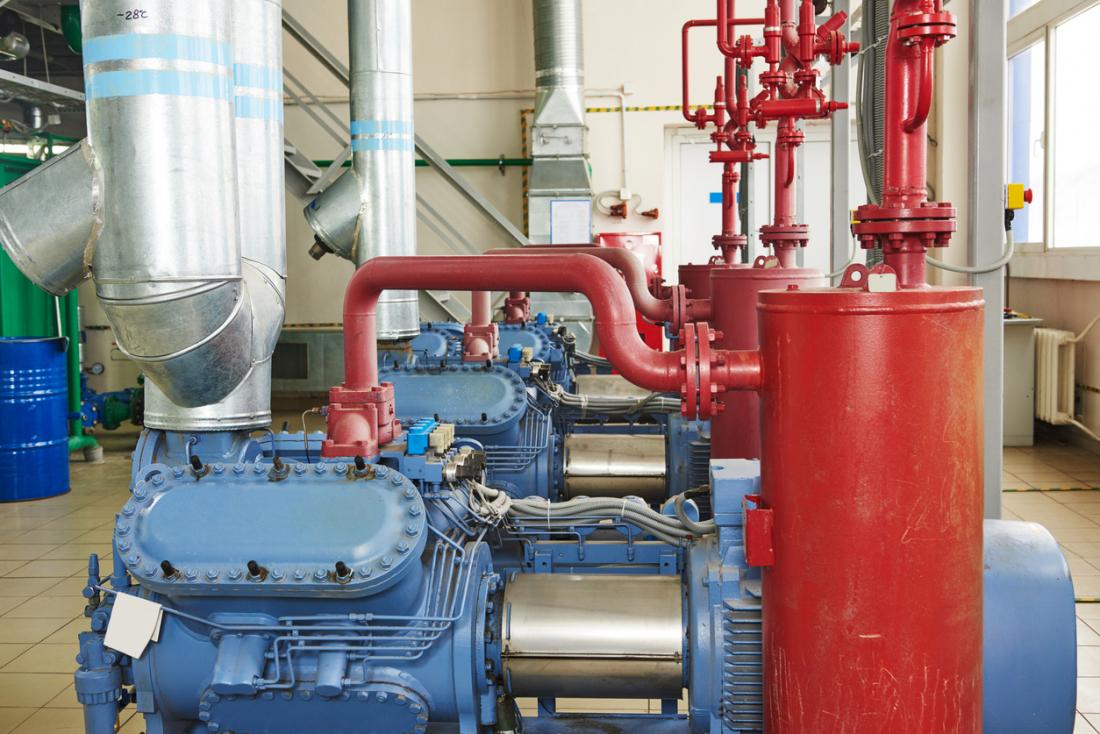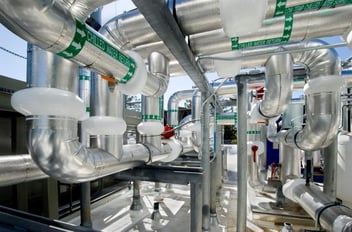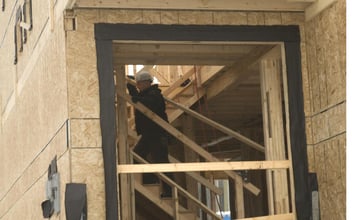To better the safe operation of refrigeration systems, it’s important to register the designs before the equipment is even built. Registering the design ensures a qualified professional engineer has anticipated design hazards, and brought the facility to a high standard of safety. When a design goes through the registration process, we reduce the likelihood of three major problems that arise from an incident of ammonia release: financial impact, environmental contamination, and most importantly, public risk exposure.

Design registration has other benefits, too. If potential hazards are caught early on in the design process, it may save a refrigeration plant from an unexpected shut down. Design registration also gives designers time to alter their work and save installers the extra step of having to reinstall the equipment if it has to be fixed later. But most importantly, catching design risks and implementing mitigation techniques early on can prevent injuries and sometimes even save lives.
Over the years, Technical Safety BC’s incident investigations have revealed many design hazards in refrigeration equipment. Among them:
- Hydrostatic overpressure and rupture of a refrigeration evaporator
- Existing plants that were modified without considering how legacy pressure equipment may be impacted
- Undersized pressure relief piping that wasn’t calculated for full discharge relief in an overpressure event
- Inadequate ventilation designs
When these issues are unseen or ignored because of their unassessed risk profile, any damage they cause will be costly. A ruptured refrigeration evaporator in Langley, for example, resulted in an evacuation of 10 city blocks.
Outside of incident investigations, we’ve learned that it’s not always enough to conduct periodic reviews of refrigeration equipment after they’ve been built. A recent survey of refrigeration system designs, developed by qualified industry professionals, found that even thorough reviews left open risks that were not mitigated.
In response to these findings, we want to make sure that design registration is easier for owners and designers who may be new to the process. That’s why we recently released a new information bulletin that outlines the requirements for design registration.
“It may be intimidating to start the process, but once you do, you’ll realize how simple we’ve made registering a refrigeration plant,” said Tom Ng, Provincial Safety Manager of Engineering at Technical Safety BC. “We hold high confidence that Professional Engineers have always exercised due diligence in their designs, and we want to empower owners and professionals with these requirements. From being able to submit your application and drawings online, to directly contacting a safety officer or member of the engineering team, we’re here to help improve designs using the safety knowledge and data gathered from others participating in the safety system,” he said.
For more information on refrigeration design and registration, see the Design registration of refrigeration plants and systems information bulletin.




